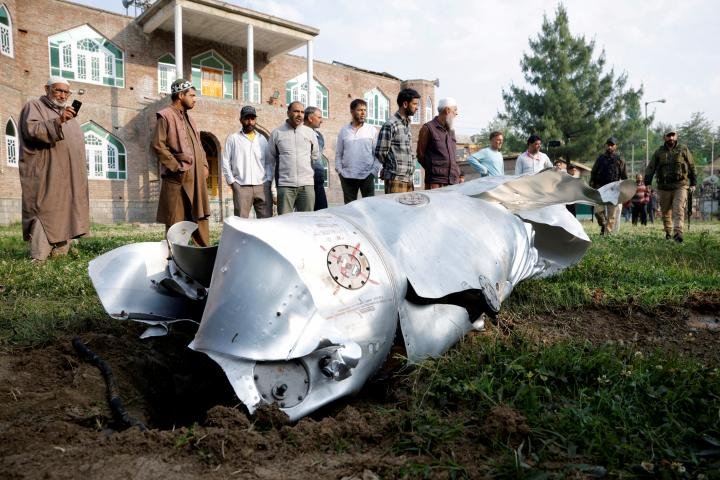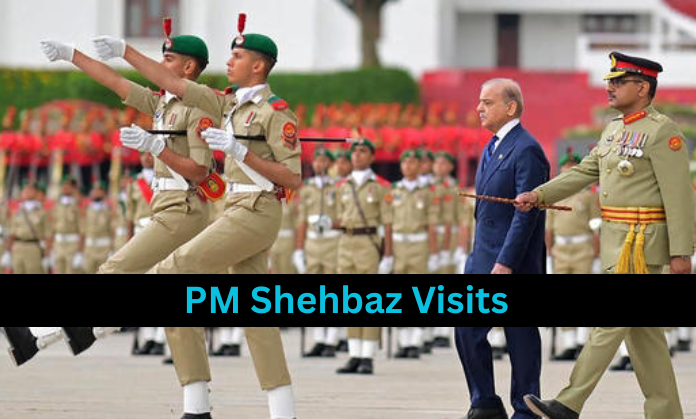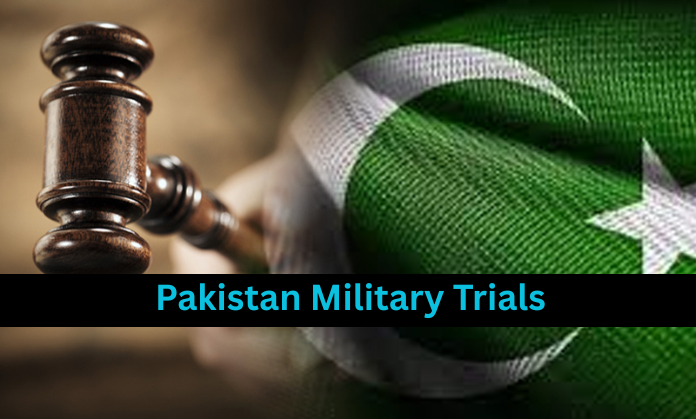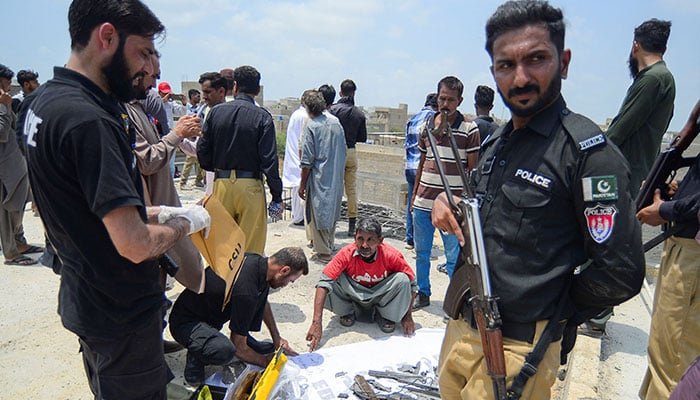India and Pakistan Ceasefire 2025: Tensions Persist Despite Agreement
NEW DELHI – India and Pakistan, two nuclear-armed South Asian neighbours, agreed to an immediate ceasefire on May 10, 2025, aiming to halt days of deadly clashes across the Line of Control (LoC) in Kashmir. The announcement initially raised hopes for de-escalation, but renewed gunfire and conflicting accusations quickly tested the agreement’s strength.
Timeline of Escalation: How the Crisis Began
The recent wave of hostility was triggered by a brutal attack on April 22 in Pahalgam, a popular tourist destination in Indian-administered Kashmir, where 26 civilians were killed. India blamed Pakistan-based militant groups for the assault and launched airstrikes in response, targeting suspected insurgent bases in Pakistan-administered Kashmir.
These retaliatory strikes, part of India’s “Operation Sindoor,” led to a sharp uptick in cross-border hostilities. Both sides exchanged artillery fire, carried out drone surveillance missions, and engaged in cyber-warfare and misinformation campaigns, escalating fears of a full-scale war.
Ceasefire Agreement: Brokered Under Global Pressure
The ceasefire was announced after 48 hours of intense diplomacy, involving U.S. Secretary of State Marco Rubio, Vice President JD Vance, and other international actors. According to diplomatic sources, Pakistan’s Foreign Minister Ishaq Dar and India’s Foreign Secretary Vikram Misri agreed to halt military actions on land, air, and sea starting at 5:00 p.m. IST on May 10.
Although U.S. President Donald Trump claimed credit for brokering the truce, neither India nor Pakistan formally acknowledged the United States’ role in official statements.
Violations Within Hours: Ceasefire Under Strain
Just hours after the truce, explosions were heard across Srinagar, and night-time artillery fire lit up the skies. Omar Abdullah, former Chief Minister of Jammu and Kashmir, tweeted a video of the situation, asking: “What the hell just happened to the ceasefire?”
India accused Pakistan of violating the agreement multiple times, while Pakistan called the allegations “baseless.” Indian military officials claimed they were providing “an adequate and appropriate response” to continued provocations.
International Reactions and Mediation Efforts
The global community quickly responded to the crisis. Countries including Saudi Arabia, Iran, and Turkey sent emissaries to New Delhi and Islamabad in hopes of calming tensions. The G7 Summit issued a joint statement urging both countries to “exercise maximum restraint” and begin direct dialogue.
Despite mediation efforts, India clarified that there were no broader peace talks planned, emphasizing that its stance on cross-border terrorism remained unchanged.
Voices from the Ground: Civilian Trauma and Displacement
For residents along the volatile LoC, the ceasefire brought little relief. In Rajouri, Aaqib Ahmed, a lawyer, said, “It brought relief but we won’t relax until the guns go silent completely. Last night felt like hell.”
In Surankot, near the Himalayan foothills, Saima Qazi fled her home during shelling, leaving her doors unlocked. “I still hear the sound of shells in my ears. This kind of trauma never goes away,” she said.
On the Pakistani side, Rahat Anwaar Abbasi, who lives near a military base in Rawalpindi, described a sleepless night amid gunfire and explosions. “This could’ve been resolved through diplomacy. We didn’t need bloodshed,” she added.
The Role of Misinformation and Media Bias
A surge of fake news and propaganda on social media complicated the conflict. Several media outlets, especially in India, were accused of inflaming tensions by broadcasting unverified claims. This digital chaos contributed to public confusion and fear.
Cybersecurity experts noted a significant rise in disinformation campaigns, with both state and non-state actors attempting to sway public opinion and destabilize narratives.
Future Prospects: Is Sustainable Peace Possible?
Although India and Pakistan countries agreed to resume talks at a neutral location, the fragile state of the ceasefire has left many sceptical. India’s Ministry of External Affairs emphasized that talks would be limited strictly to the ceasefire issue unless Pakistan takes concrete steps against terrorism.
India continues to push its zero-tolerance policy on cross-border terrorism, while Pakistan insists on addressing human rights violations in Kashmir.
Analysts warn that unless both sides engage in genuine conflict resolution, the current truce may simply be a temporary pause in a long-standing cycle of violence.
Conclusion: A Fragile Path Toward Peace
The 2025 ceasefire between India and Pakistan was a vital diplomatic move, but its success depends on mutual restraint, transparency, and the willingness to address core issues. Both nations have a history of failed ceasefires, and without substantial follow-up, this one risks the same fate.
For civilians on both sides of the LoC, the hope remains the same: lasting peace, security, and the freedom to live without fear.




